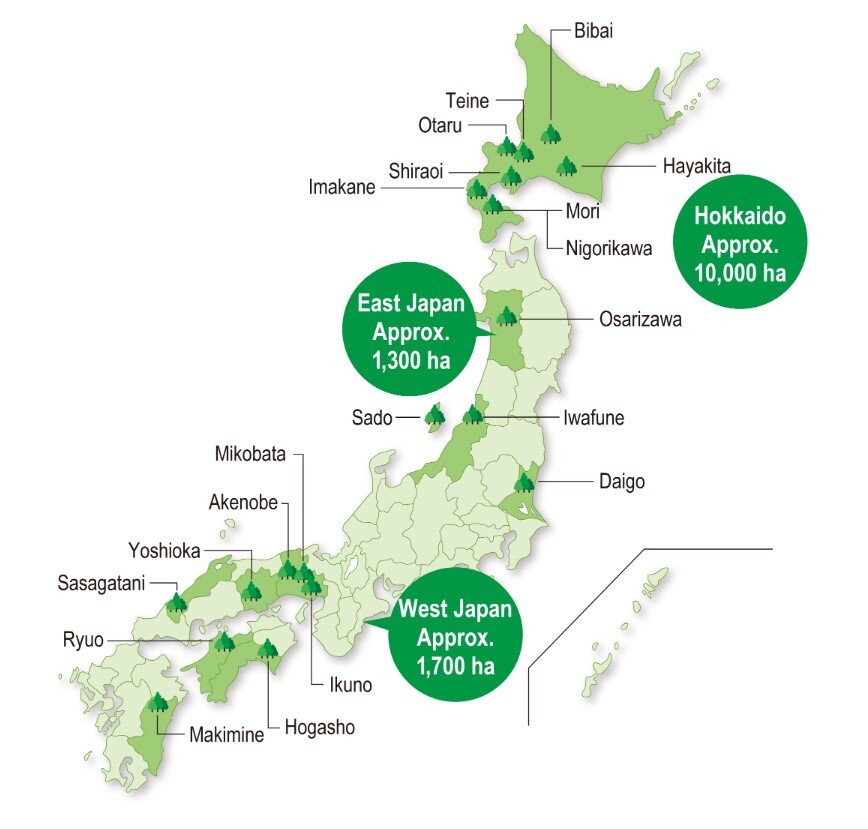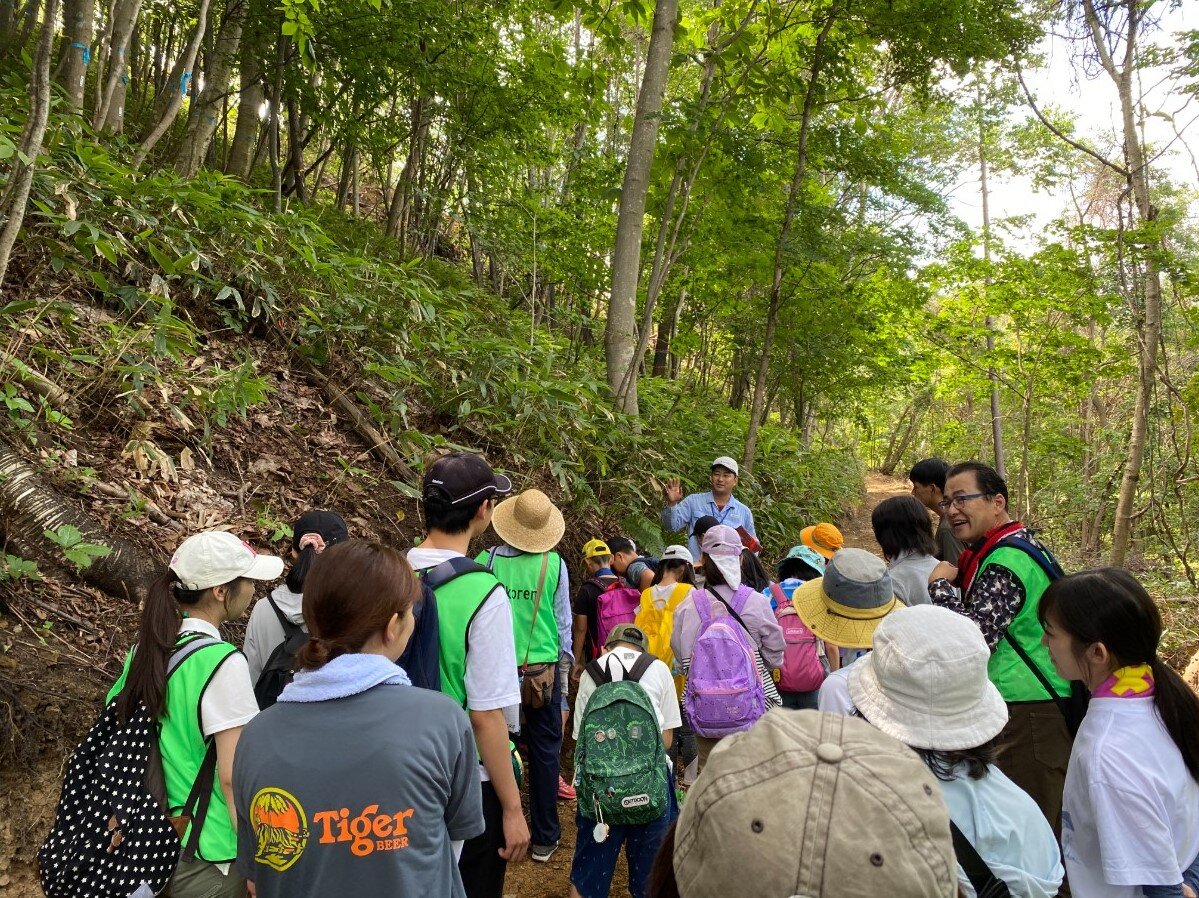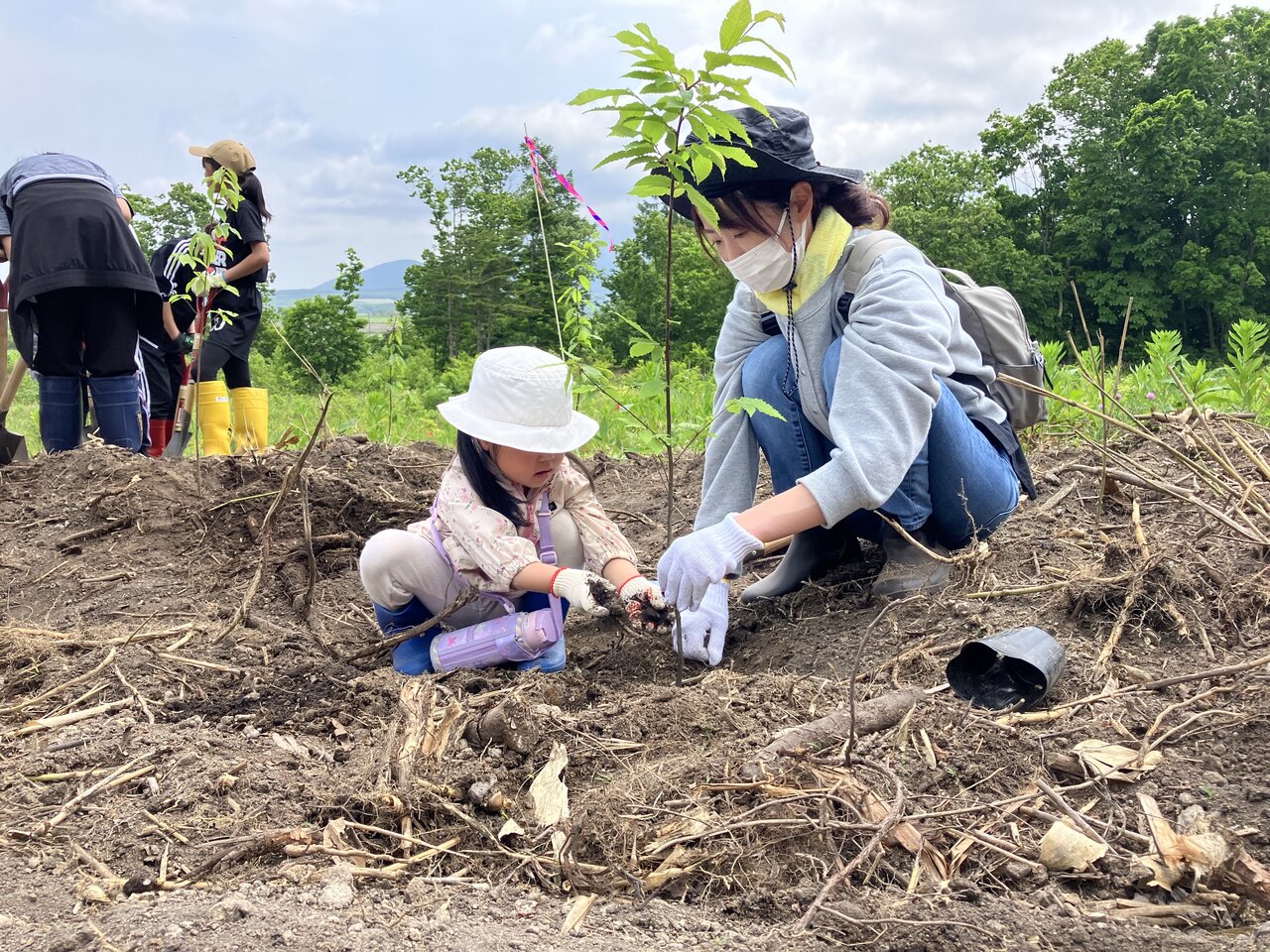Toward Beautiful Forests 100 Years from Now — Mitsubishi Materials’ Sustainability Initiatives in Company-Owned Forests
Introduction
As one of Japan’s largest private forest owners, Mitsubishi Materials manages approximately 13,000 hectares of company-owned forests across 30 locations nationwide, collectively known as the “Materials’ Forest.” While these forests were originally acquired to supply timber for mines and coal pits, today they serve broader public functions: sustainable timber supply, CO₂ absorption and sequestration, biodiversity conservation, and the provision of recreational spaces for local communities.

Distribution and Scale of Company-owned Forests
The Zoning of Company Forests and Management Policies
The Materials’ Forest is divided into four zones:
1. Water and ecosystem conservation zones
2. Health and cultural usage zones
3. Selective natural forest cutting zones
4. Timber resource recycling zones
Each zone has tailored management policies, enabling fine-tuned forest stewardship based on regional and environmental conditions. The goal is to create “beautiful forests that maximize natural functions and utilization by leveraging natural forces.”
1. Water and ecosystem conservation zones
2. Health and cultural usage zones
3. Selective natural forest cutting zones
4. Timber resource recycling zones
Each zone has tailored management policies, enabling fine-tuned forest stewardship based on regional and environmental conditions. The goal is to create “beautiful forests that maximize natural functions and utilization by leveraging natural forces.”
Contributing to a Recycling-Oriented Society
Timber harvested through thinning and forest maintenance is supplied to society as construction material and renewable energy feedstock. In artificial forests, harvesting and replanting are conducted cyclically. In natural forests, selective logging and natural regeneration help ensure a sustainable supply of hardwood. The company also invites Swiss foresters to enhance knowledge and techniques in natural forest management.
Contributing to the Local Community
Company-owned forests serve as important environmental assets and are used for recreation and education.
For example, the Teine Forest in Sapporo is open to the public as a citizens’ forest and campsite, and it is used by local NPOs and universities for research. Forests are also offered to nearby kindergartens for nature interaction, and educational programs are conducted for elementary school students in municipalities with company-owned forests, including delivering forest-related classes. The Materials’ Forest is also used as a site for forestry experience programs.
In addition, Mitsubishi Materials has undertaken restoration efforts for municipal forests in Mori Town, Hokkaido, damaged by a typhoon in 2016. Since 2018, the company has donated Christmas trees made from forest timber to kindergartens in Atsuma Town, which was affected by the Eastern Iburi Earthquake. Environmental events such as tree-planting and nurturing festivals further deepen engagement with local residents.
For example, the Teine Forest in Sapporo is open to the public as a citizens’ forest and campsite, and it is used by local NPOs and universities for research. Forests are also offered to nearby kindergartens for nature interaction, and educational programs are conducted for elementary school students in municipalities with company-owned forests, including delivering forest-related classes. The Materials’ Forest is also used as a site for forestry experience programs.
In addition, Mitsubishi Materials has undertaken restoration efforts for municipal forests in Mori Town, Hokkaido, damaged by a typhoon in 2016. Since 2018, the company has donated Christmas trees made from forest timber to kindergartens in Atsuma Town, which was affected by the Eastern Iburi Earthquake. Environmental events such as tree-planting and nurturing festivals further deepen engagement with local residents.

Hands-on Forest Programs at our Materials’ Forests (SDGs Event Organized by Sapporo City Children’s Association Development Group)

Planting a chestnut tree at a tree-planting ceremony (Mori Town, Hokkaido)
Contribution to a Decarbonized Society
Company-owned forests sequester approximately 44,000 tons of CO₂ annually—equivalent to the emissions of about 23,000 people. To leverage the CO₂ absorption capacity of young to middle-aged trees, appropriate harvesting and planting are conducted to regenerate forests. Active use of thinned timber also contributes to long-term CO₂ sequestration.
*Method of calculation: Growth (m3) x material volume weight (t/m3) x carbon conversion efficiency x tree/trunk ratio x CO2 molecular weight / carbon molecular weight
*Method of calculation: Growth (m3) x material volume weight (t/m3) x carbon conversion efficiency x tree/trunk ratio x CO2 molecular weight / carbon molecular weight
Conserving Biodiversity
Efforts include protecting green corridors such as ridge and riparian forests and limiting clear-cutting. Environmentally conscious management practices are applied to both artificial and natural forests to diversify forest structures, thereby supporting habitats for various species. Monitoring of rare flora and fauna is conducted to assess environmental impacts and revise management plans as needed.
In 2023, the entire Teine Forest was certified as a “Nature Symbiosis Site” under Japan’s Ministry of the Environment’s 30by30 target. In 2024, the non-protected areas were registered as OECMs (Other Effective area-based Conservation Measures) in an international database.
In 2023, the entire Teine Forest was certified as a “Nature Symbiosis Site” under Japan’s Ministry of the Environment’s 30by30 target. In 2024, the non-protected areas were registered as OECMs (Other Effective area-based Conservation Measures) in an international database.

Conclusion
Mitsubishi Materials is committed to sustainable forest management and maximizing the public functions of its company-owned forests, aiming for “beautiful forests 100 years from now.” These initiatives represent a vital step toward building a recycling-oriented society, coexisting with local communities, and preserving the global environment. The company will continue contributing to the realization of a nature-positive society.
[ Related links ]









